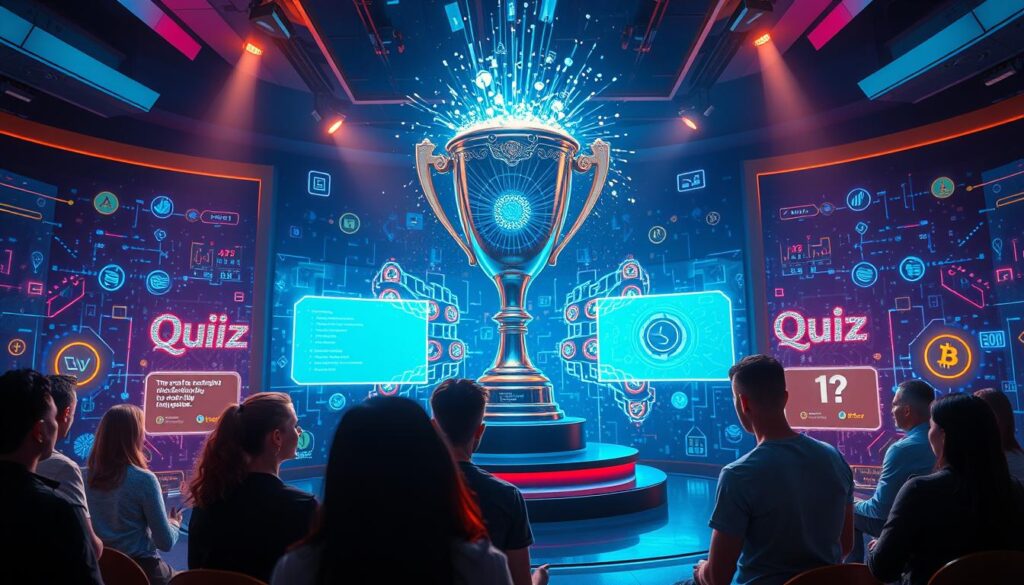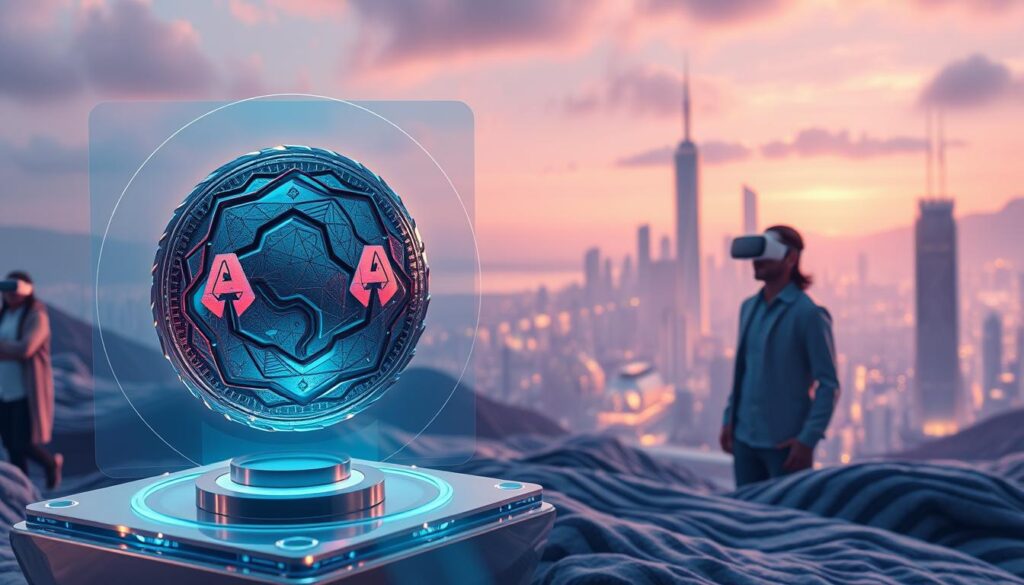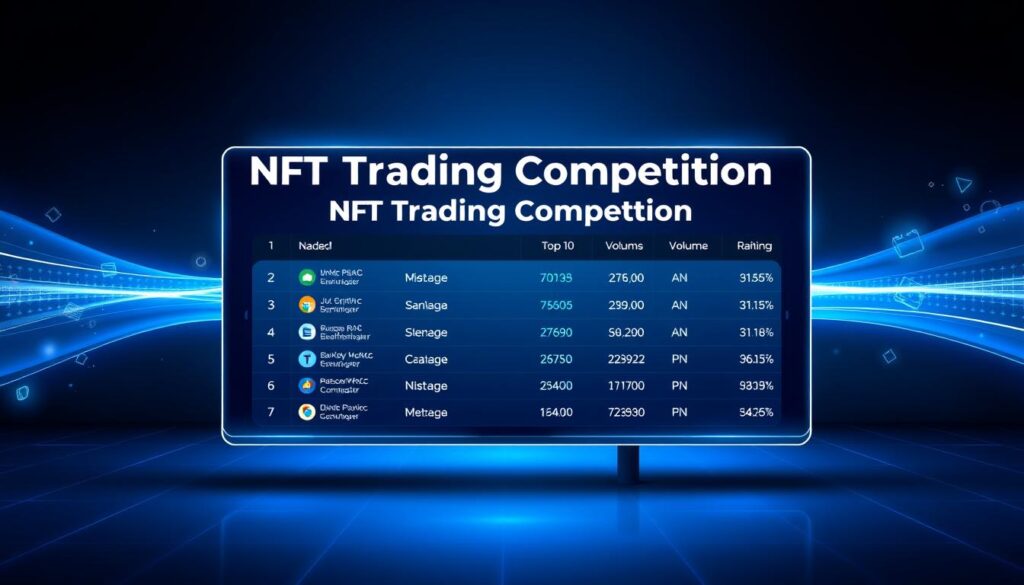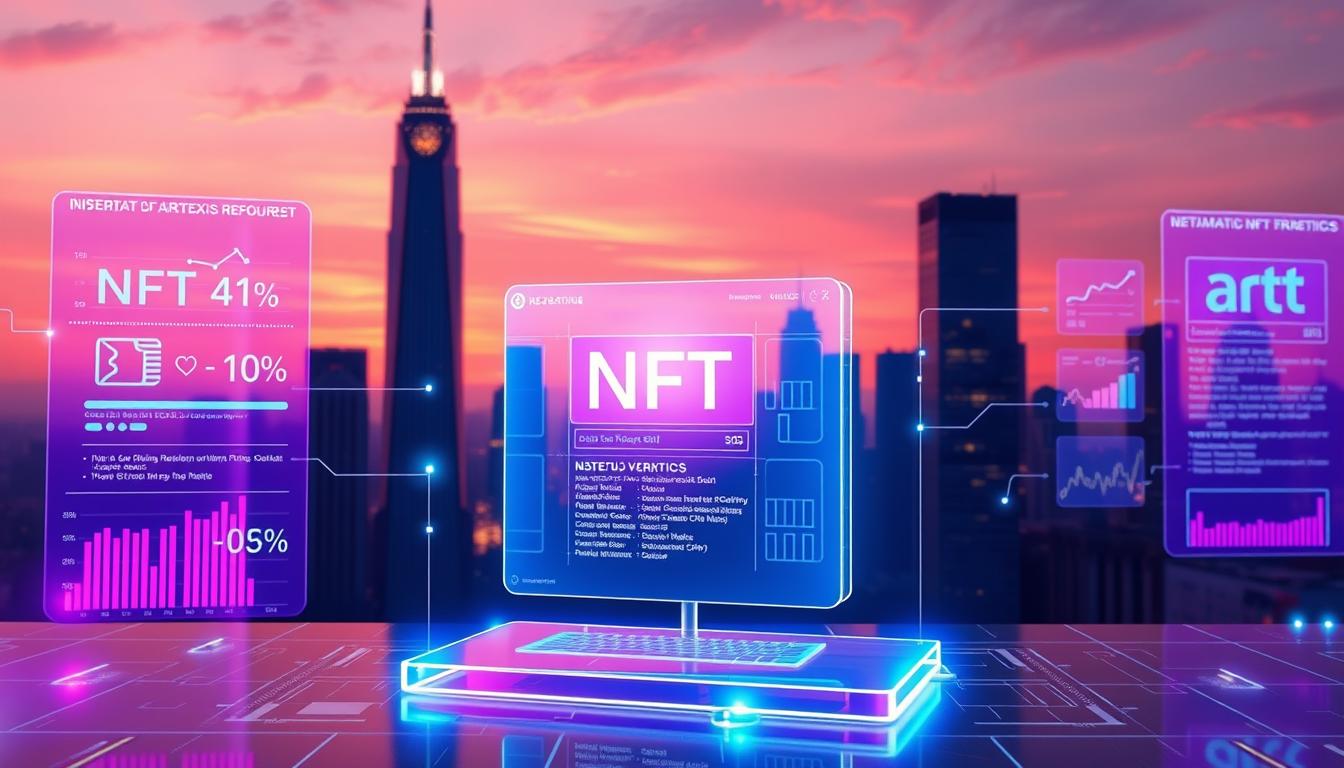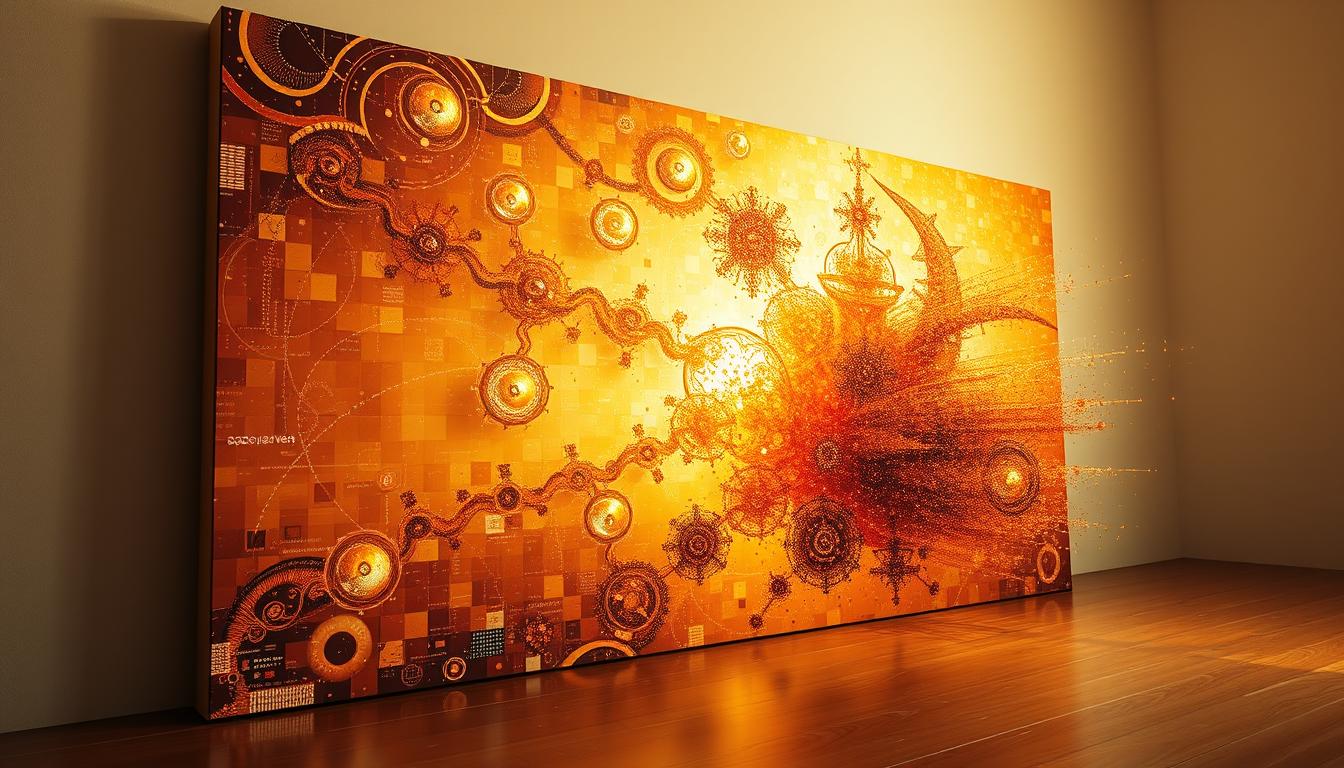Now Reading: AI generated NFT art creation platforms comparison review
- 01
AI generated NFT art creation platforms comparison review
AI generated NFT art creation platforms comparison review
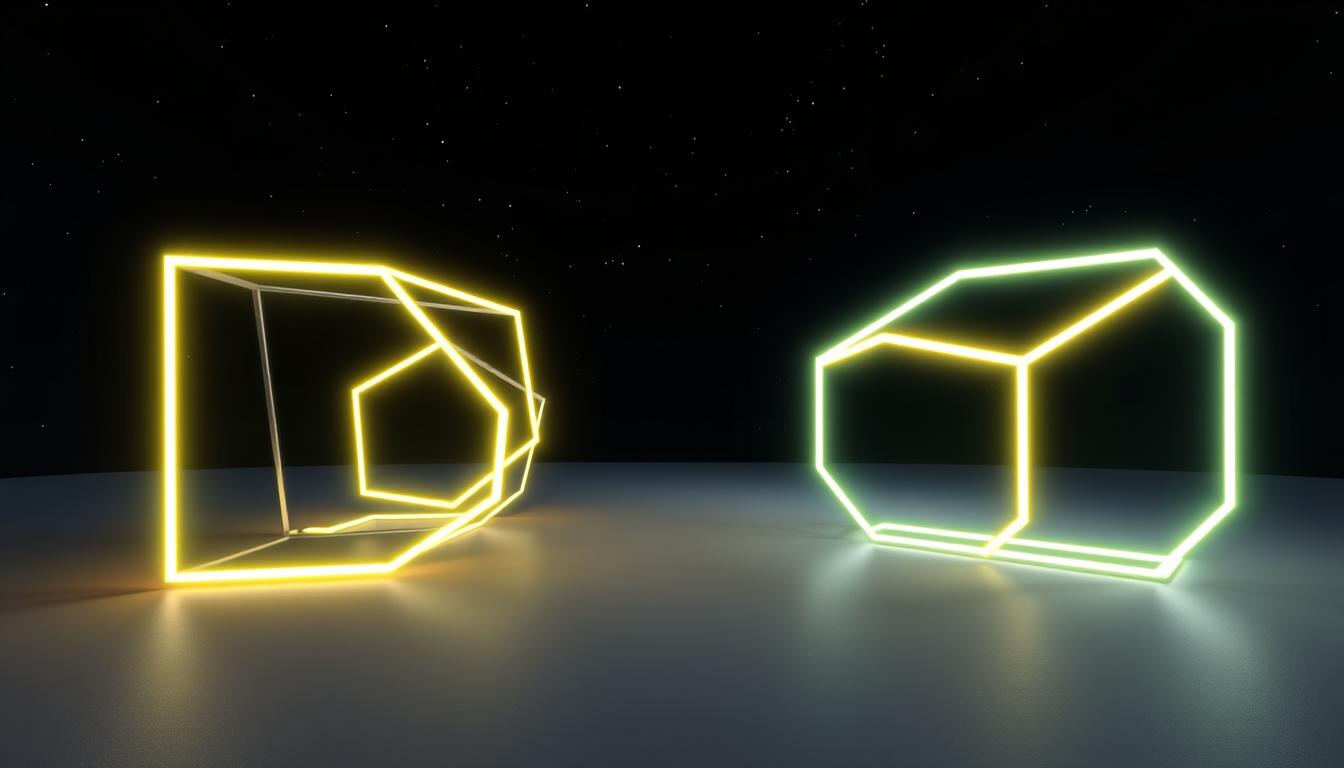
The digital collectibles space has evolved rapidly, with creators adopting advanced tools to produce distinctive blockchain-based items. What began as a niche movement has grown into a thriving ecosystem where innovation meets accessibility. New solutions now empower artists to craft original works while maintaining the uniqueness that defines this market.
Recent advancements have shifted how creators approach design. Sophisticated systems now automate complex processes, enabling both seasoned professionals and newcomers to experiment with styles. This shift has lowered technical barriers, letting more people turn ideas into sellable assets without years of training.
Our analysis focuses on services that blend intuitive interfaces with robust customization. We tested features like style adaptation, output resolution, and seamless blockchain connectivity. Real creator case studies reveal how these tools support sustainable practices in competitive environments.
Key Takeaways
- Modern solutions bridge the gap between technical expertise and artistic vision
- Customization options vary significantly across different services
- Blockchain integration capabilities impact workflow efficiency
- Pricing models range from subscription-based to royalty-sharing structures
- Output quality directly influences collector appeal and market value
Understanding the Rise of AI in NFT Art Creation
The fusion of advanced algorithms and creative processes is redefining how unique digital assets are made. These systems analyze patterns and styles from vast visual databases, helping creators develop pieces that resonate with modern collectors. Complex tasks once requiring years of training now adapt to intuitive interfaces.
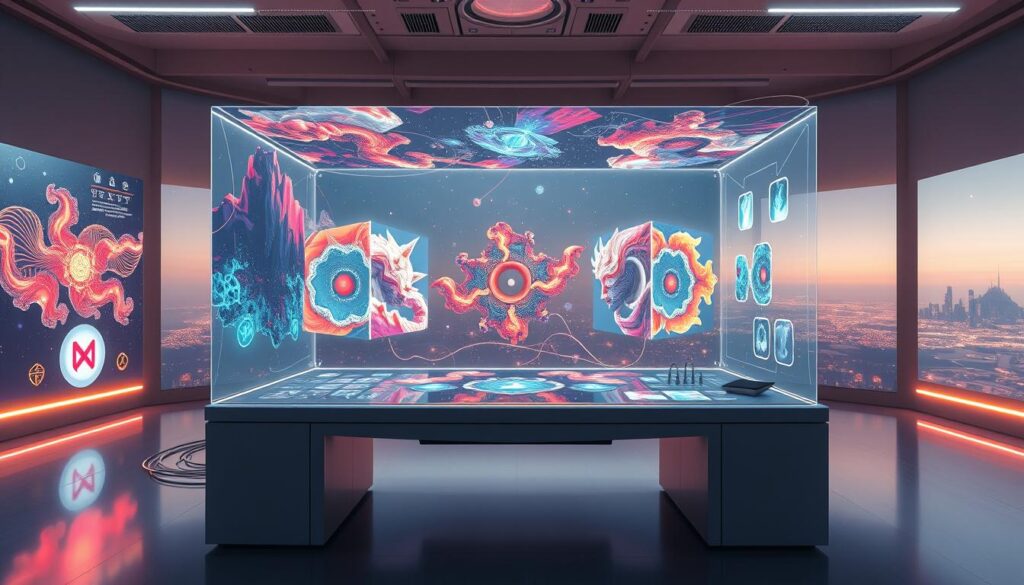
Defining Modern Creative Systems
Machine learning models now replicate artistic decision-making by studying millions of images. This lets users describe concepts through text, transforming words into detailed visuals. The approach has opened doors for creators without formal training to produce gallery-ready pieces.
Current systems handle more than static images. They craft animations, 3D models, and interactive experiences that challenge traditional formats. This expansion creates fresh opportunities for collectors seeking dynamic content.
2023’s Transformative Innovations
Three developments dominate this year’s landscape:
| Feature | 2021 | 2023 |
|---|---|---|
| Output Types | Basic Images | 4K Videos, 3D Models |
| Creation Speed | Hours per piece | Minutes per collection |
| User Control | Preset Filters | Style Blending Tools |
These advancements let creators experiment rapidly while maintaining distinct voices. However, debates continue about originality when using automated tools. Many argue that human-guided input remains vital for meaningful artworks.
In-Depth Look at Popular AI NFT Art Platforms
Modern creators face diverse options when selecting digital asset production services. Three leading solutions stand out for their specialized approaches, each catering to different stages of the creative process. Their technical frameworks and output capabilities shape how artists develop market-ready pieces.
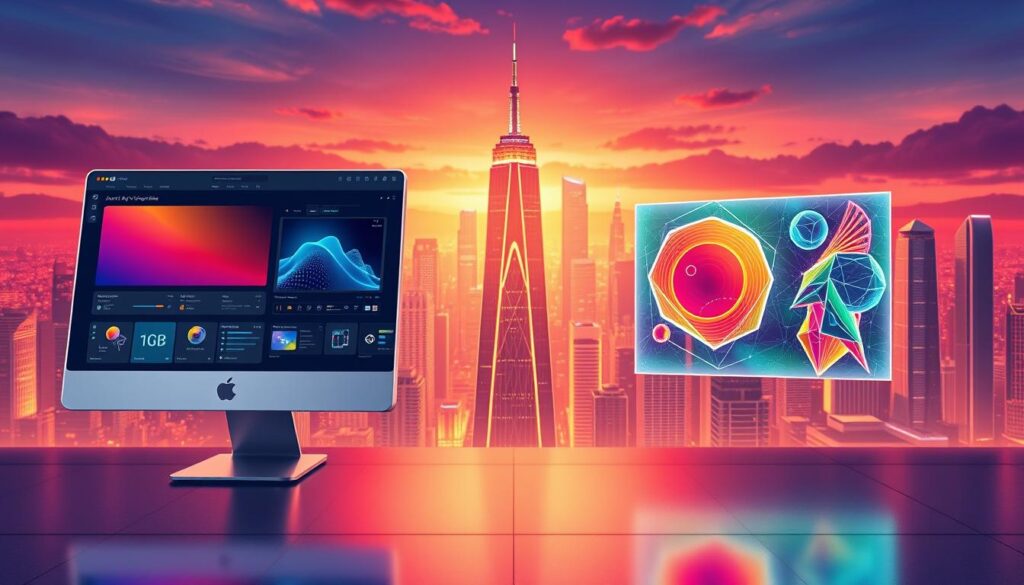
DeepAI: Generating Realistic Images with Ease
Founded in 2017, this San Francisco-based generator combines simplicity with advanced algorithms. Users transform written descriptions into detailed visuals without mandatory sign-ups. Its triple-engine system – StyleGAN, BigGAN, and CartoonGAN – handles everything from photorealistic portraits to animated characters.
NightCafe: From Text to Masterpiece
With 134+ million pieces created since 2019, this art generator dominates in volume and variety. Forty preset styles let creators explore themes from cosmic landscapes to eerie fantasies. Community voting systems help users identify trending designs for blockchain integration.
Deep Dream Generator: Transforming Photos into Art
Pioneered by a Google engineer, this tool reimagines existing images through neural networks. The Pareidolia algorithm enhances patterns in uploaded photos, producing trippy visuals that gain traction in abstract NFT markets. It’s particularly effective for remixing vintage photography.
| Platform | Core Technology | Style Options |
|---|---|---|
| DeepAI | StyleGAN/BigGAN | Realistic/Cartoon |
| NightCafe | Neural Style Transfer | 40+ Presets |
| Deep Dream | CNN/Pareidolia | Pattern Enhancement |
Each service fills specific niches: DeepAI for quick prototyping, NightCafe for style experimentation, and Deep Dream for photo manipulation. Output formats range from basic JPGs to layered PSD files, accommodating various minting requirements.
Exploring Key Features and Capabilities
Modern creative systems now offer unprecedented control over visual outputs while maintaining accessibility. These solutions balance specialized functions with approachable layouts, letting creators focus on expression rather than technical hurdles.
Customization and Style Options
Leading services provide granular adjustments for every design element. Users tweak color gradients, texture intensity, and spatial relationships through slider-based controls. Some platforms even let creators merge multiple aesthetics – like blending impressionist brushwork with cyberpunk motifs.
| Feature | Basic Tools | Advanced Tools |
|---|---|---|
| Style Adjustment | 5-10 Presets | Custom Style Mixing |
| Color Controls | Predefined Palettes | Hex Code Input + Gradient Builder |
| Layer Options | 3-5 Layers | Unlimited Layers + Blend Modes |
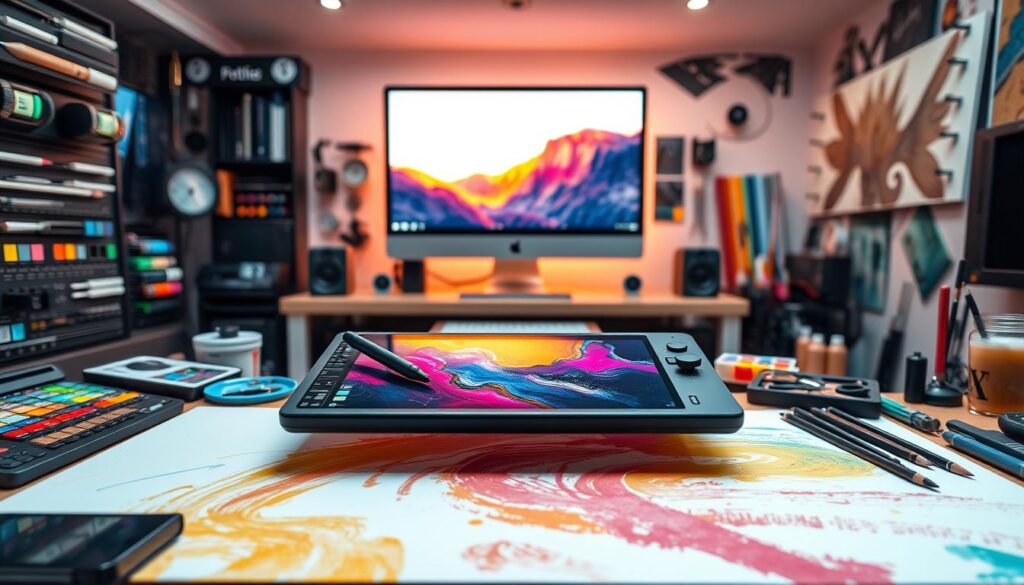
User-Friendly Interfaces and Advanced Tools
Intuitive dashboards now feature context-sensitive menus that adapt to workflow stages. Beginners get guided tutorials for core functions, while pros access hotkey-driven panels. Batch processing tools help creators develop 50+ cohesive pieces in one session.
Export settings have become crucial for blockchain integration. Top platforms automatically optimize files for popular marketplaces – converting 4K images into lightweight PNGs without quality loss. Animation timelines let users preview frame transitions before minting dynamic collections.
AI Generated NFT Art Creation Platforms Comparison
Creators now select tools based on technical capabilities and workflow demands. Services differ in processing power, output quality, and integration with blockchain networks. This analysis reveals how leading options balance innovation with practical utility.
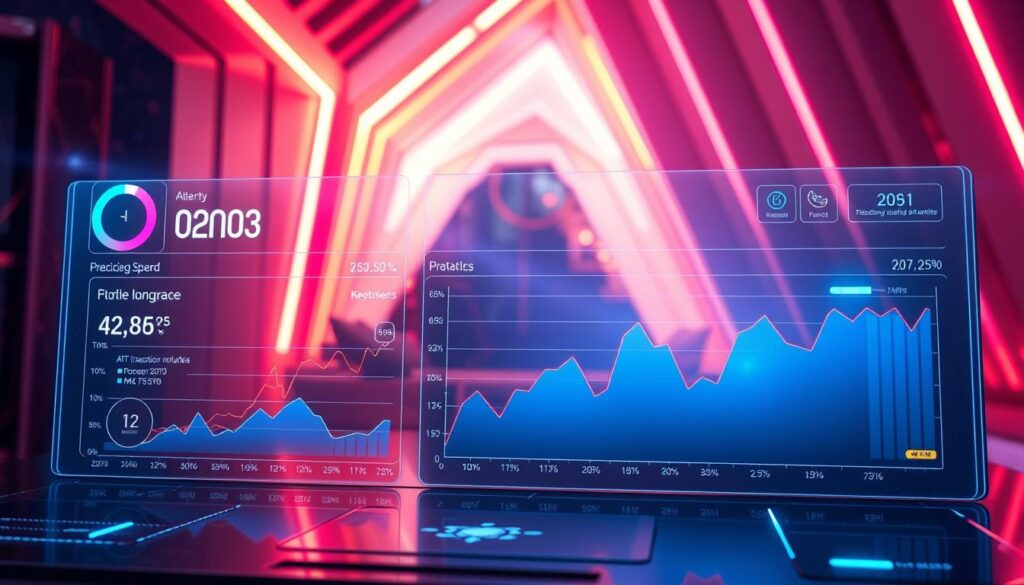
Performance Metrics and Unique Selling Points
Technical specifications directly affect output potential. DALL-E’s 12-billion parameter framework delivers unmatched detail but requires $15 per 115 credits. Free alternatives like Starry AI attract newcomers through accessible interfaces and zero-cost tiers.
| Service | Core Tech | Cost Model | Specialization |
|---|---|---|---|
| DALL-E | 12B Parameters | $15/115 credits | Photorealism |
| Starry AI | VQGAN-CLIP | Free | Abstract Styles |
| Artbreeder | Genetic Algorithms | Freemium | Evolutionary Designs |
| Midjourney | Community Models | Subscription | Thematic Collections |
User Experience and Market Impact
Established tools like NightCafe prioritize reliability, handling millions of monthly requests. New entrants disrupt through novel approaches – Starry AI’s free tier lets artists experiment risk-free. Batch processing features enable rapid collection development for time-sensitive drops.
Interface complexity varies widely. Some services offer single-click generation, while others provide granular controls over texture and composition. Explore AI-driven solutions that adapt to different skill levels without compromising quality.
Market adoption patterns show creators value speed and adaptability. Platforms combining high-resolution outputs with straightforward blockchain integration dominate sales charts. As competition intensifies, user-centric design becomes the ultimate differentiator.
Discovering Niche Tools for Digital and 3D NFT Art
Specialized software solutions empower creators to push boundaries in digital collectibles. While automated systems simplify production, traditional programs remain vital for crafting premium assets. These tools bridge technical precision with artistic vision across 2D and 3D formats.
Tools for Traditional Digital Art and 3D Creation
Blender leads in 3D modeling with sculpting and animation features rivaling paid alternatives. Artists build intricate virtual objects ready for blockchain minting. Its simulation tools create realistic materials that boost collector appeal.
Adobe Photoshop dominates 2D workflows through advanced layering and brush customization. Professionals use it to refine details before converting files into market-ready tokens. New animation timelines help creators develop moving pieces without extra software.
| Software | Specialization | Key Feature | Cost Model |
|---|---|---|---|
| Blender | 3D Modeling | Physics Simulations | Free |
| Photoshop | 2D Artwork | 200+ Brushes | Subscription |
| Procreate | Mobile Design | Time-Lapse Recording | One-Time Purchase |
| Krita | Digital Painting | Open-Source | Free |
Mobile apps like Procreate let artists work anywhere while documenting their process. Time-lapse videos add authenticity that buyers value. Krita matches premium features without subscriptions – ideal for emerging talent.
Hybrid approaches combine these tools with automated systems. Creators often generate base concepts through algorithms, then refine them using professional-grade software. This workflow maintains human touch while leveraging modern efficiencies.
Secondary Platforms and Emerging Trends
New tools are making blockchain artistry accessible beyond traditional desktop environments. Mobile-first solutions and specialized services now let creators develop collections directly from smartphones while maintaining professional standards.
Expanding Toolkit for Modern Artists
NFT Art Generator simplifies multi-chain publishing, handling technical tasks like smart contracts for Solana and Ethereum projects. Services like Hotpot AI automate entire workflows – from concept sketches to final exports. These solutions appeal to time-constrained creators seeking polished results.
Mobile apps transform casual photography into sellable assets. NFT Creator for iOS devices applies layered filters and graphics to personal photos, while Appy Pie supports bulk collection development. Fotor merges editing tools with minting capabilities, ideal for refining existing works.
Next-Gen Possibilities
Emerging templates and batch-processing features enable rapid experimentation. Artists craft 1,000+ variations in minutes, testing styles before finalizing drops. As digital collectibles evolve, these tools help creators stay competitive through adaptability.
Future developments may integrate augmented reality previews and cross-platform compatibility. Current innovations already suggest a shift toward unified ecosystems where design, minting, and marketing converge. Explore strategies for maximizing returns in this dynamic environment.


